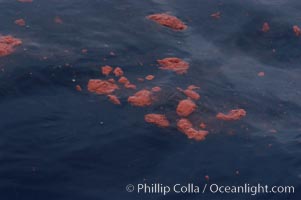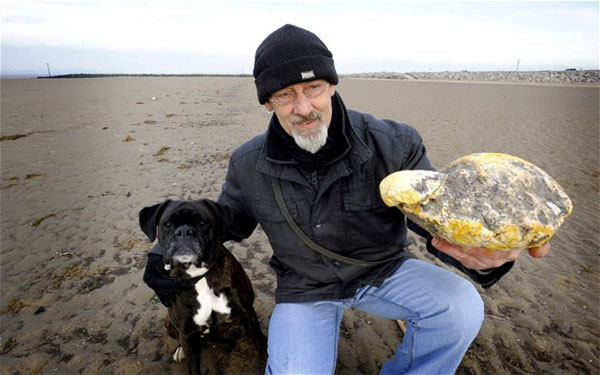

Whale poop skin#
In ancient Egypt, ambergris was used as incense in modern Egypt, ambergris is used for fragrance cigarettes.Įven during the pandemic of the black death, people applied ambergris to their skin to ward off the plague. While the ancient Greeks employed it to increase the intoxicating strength of wines, the odd chemical was also utilized to treat impotence in medieval times. Since prehistoric times, humans have used ambergris for a variety of purposes. This rare and historical substance has a variety of applications, but most notably in the perfume industry, where ambergris is crucial raw material.

Generally, they expel it before digestion begins.Īccording to some experts, the vomit that sperm whales expelled every few weeks is not ambergris, as the process of ambergris formation is far more intricate.Īccording to a paper published by the University of Chicago Press, by Christopher Kemp, Kemp comprehends that ‘ sperm whale vomit’ and ‘ambergris’ are two distinct substances. Due to the sperm whale’s lethargic and voracious eating habits, their stomachs become stuffed with an indigestible component of their prey’s body which later form a solid ball-like structure, and they vomit it out every few weeks. Whales, like ruminant animals, have four chambers in stomachs, and food is processed as it moves from one section of the stomach to the next. How it is Formed?Ĭoleoidea, such as squids, octopus and cuttlefish, account for the major portion of the sperm whale diet. Said Pershing, "I'm glad I don't have to pick that up.( Attribution: Ecomare, CC BY-SA 4.0, via Wikimedia Commons) This is an old picture of ambergris from a sperm whale in 2012 in Ecomare, I couldn't find a copyright-free picture of Yemenite fishermen. Blue whales' feces "must have a large impact on their ecosystems."Īsked what he thought when seeing Kisfaludy's photograph, Roman said, "I wish we had a net on hand to gather the poop." "Although other air-breathing vertebrates, such as seabirds and seals, can also pump nutrients to the surface, none are as large, or as abundant, as baleen whales were before the age of commercial whaling," said Roman. Whatever they once provided has largely been lost, and restoring their populations might bring it back. Their effects could be enormous, especially when conceived in historical terms: Once there were more than 200,000 blue whales in the Antarctic Ocean alone, whereas today there are perhaps 8,000 in the whole world.

(Factor in the amount of carbon sequestered in whale bodies as they grow, calculated University of Maine marine biologist Andrew Pershing, and you can think about whale conservation in terms of carbon credits.)Īn open and important question is how whale abundance alters ecosystems, Pershing said. Prior to their commercial whaling decline, that population alone would have accounted for about roughly the amount emitted by one decent-sized coal-fired power plant.

Marine biologist Trish Lavery of Australia's Flinders University estimated that defecation by the Southern Ocean's sperm whales ultimately sequesters some 400,000 tons of carbon dioxide every year. That's the rationale behind iron fertilization, a geoengineering technique that some researchers think could counteract global warming.įrom this perspective, whales aren't just gardeners, but geoengineers as well. Perhaps that's why sea life in the Gulf of Maine was once so abundant, and the benefits wouldn't have ended there.Īs aquatic plants and animals grow, and in particular as plankton grows, they absorb carbon, then bury it on the seafloor when they die.


 0 kommentar(er)
0 kommentar(er)
